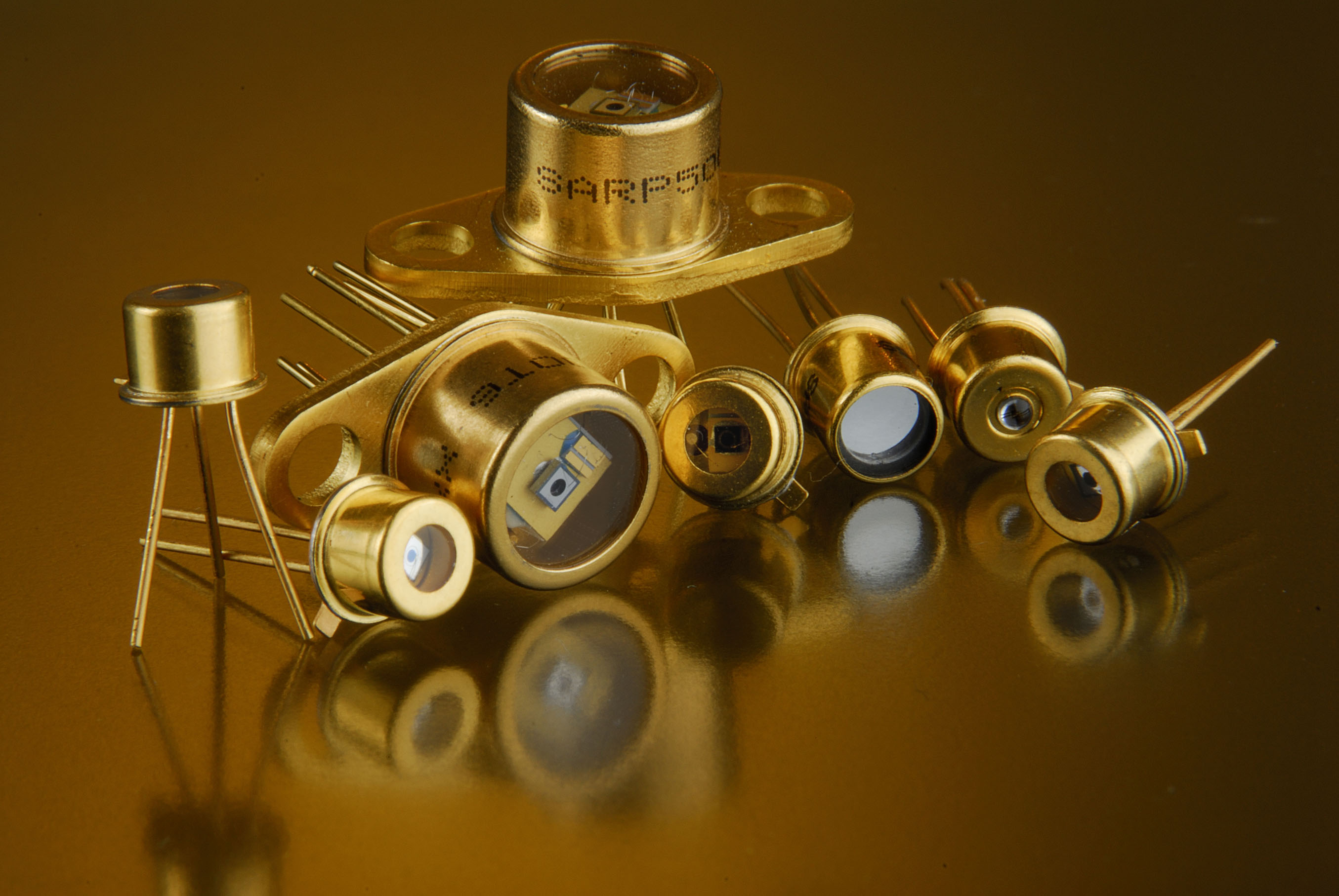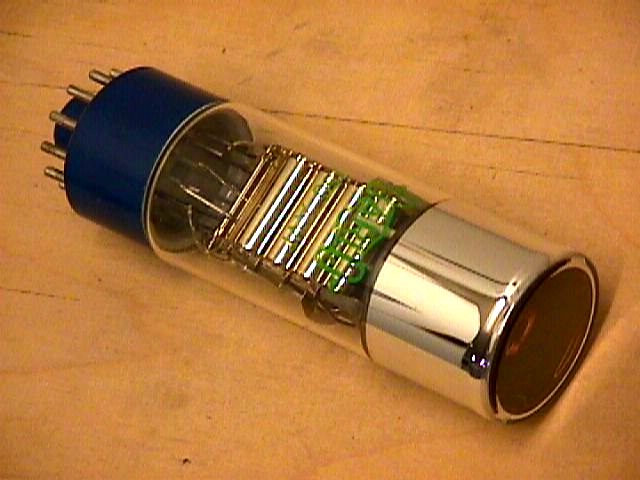|
single-pixel versus multi-pixel photometers
|







|
Astronomical photometry is the measurement of the brightness of
sources. Strictly speaking, it is not necessary to know the spatial
distribution of the photons in order to make a photometric measurement
- all that matters is the total number of photons received from the
source. Hence it is possible to perform photometry with a single-pixel
detector, such as a photomultiplier tube or an avalanche photodiode -
see figure 76.


There are a number of disadvantages, however, to single-pixel
photometers:
- The pixel must be larger than the seeing disc and typical guiding
errors of the source, otherwise it will not collect all of the
photons. To allow for poor guiding and/or nights with poor seeing,
the pixel is usually designed to be oversized, which means
that extra background light from the sky is also detected, degrading
the signal-to-noise ratio of the observation.
- Photometry of extended sources and crowded fields, e.g. galaxies and
clusters of stars, is virtually impossible, due to the difficulty of
isolating the light of individual sources/regions in a reliable manner.
- Single-pixel detectors can only record the brightness of one source at a
time. This means that they can only be used in photometric conditions, i.e.
when the
transparency is good. If a source fades during conditions of poor
transparency, it is impossible to tell if this is due to clouds or to an
intrinsic change in the brightness of the source.
- Simultaneous measurement of the sky brightness is impossible with
single-pixel detectors, resulting in the likelihood of subtracting an
incorrect sky level from the source signal.
For the above reasons, single-pixel photometers are very rare
noawadays, although they did play a key role in the development of the
subject many decades ago. Instead, almost all photometry is now
performed using imagers, which by
definition possess multi-pixel detectors. Imaging photometry
has a number of major advantages:
- The same instrument that is used to provide imaging can also provide
photometry.
- The brightness of a source can be calculated by adding up all of
the photons that fall within a software-defined circle (or
aperture) centred on the source. The radius and position of this
circle can be adjusted at the data reduction stage, i.e. after the
observations have been performed, to cope with guiding errors and seeing
variations, thereby maximising the signal-to-noise ratio.
- Photometry of crowded fields and extended sources is straightforward.
- It is possible to measure the brightness of the target and a
(non-variable) comparison star at the same time, thereby allowing correction
for transparency variations.
- The sky brightness can be measured simultaneously with, and at almost the
same position on the sky as, the source.
We shall not discuss single pixel detectors again in this course, as shall
assume from now on that all photometry is performed using
imagers.
©Vik Dhillon, 19th November 2010

